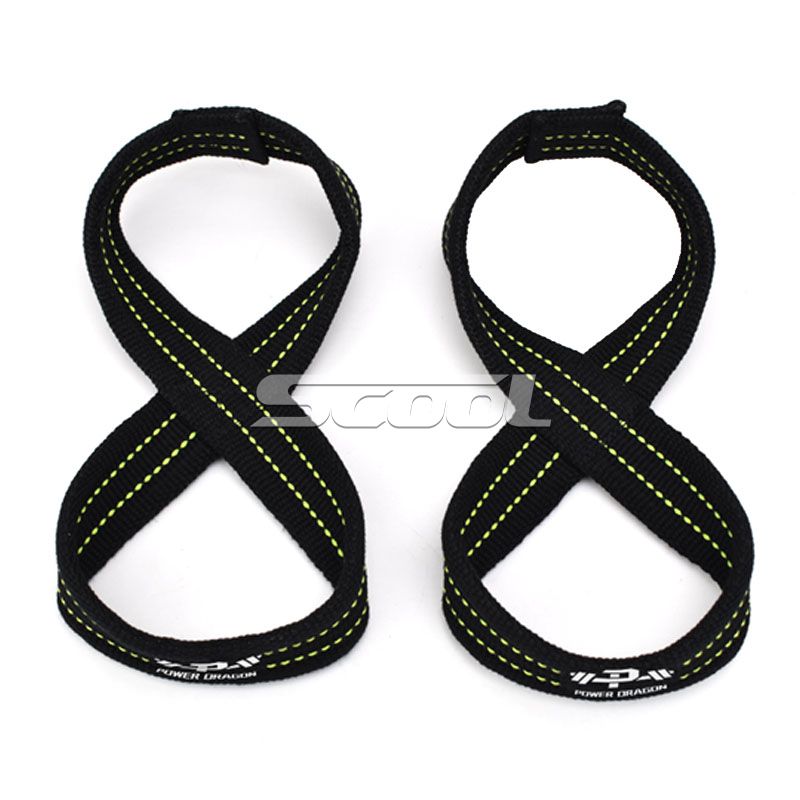Strength training is an essential component of any fitness routine, and lifting straps have become increasingly popular among weightlifters for their ability to enhance training performance. Lifting straps are designed to help improve grip strength and reduce the strain on the wrists and forearms during heavy lifting. They provide a variety of benefits for weightlifters, making them a valuable tool for resistance training.

One of the most significant advantages of using lifting straps is that they allow weightlifters to lift heavier weights. Lifting straps reduce the reliance on grip strength, which can limit the amount of weight that can be lifted. This is especially true for people who have weak grip strength or are recovering from an injury. By using lifting straps, weightlifters can perform exercises with heavier weights, which can lead to increased muscle growth and strength gains over time.
In addition, lifting straps can help to reduce the risk of injury during heavy lifts. Many weightlifters experience wrist and forearm pain or fatigue during exercises such as deadlifts or pull-ups. By using lifting straps, weightlifters can alleviate some of this strain on their wrists and forearms, reducing the risk of injury. This is especially important for people who are new to weightlifting or who are recovering from an injury.
Another benefit of lifting straps is that they can help to improve exercise form. When weightlifters use lifting straps, they can focus more on their technique and target muscles, without worrying about their grip strength. This can be particularly useful for exercises that require a strong grip, such as rows or pull-ups. By using lifting straps, weightlifters can maintain proper form throughout the exercise, which can lead to better results over time.
Additionally, lifting straps can help weightlifters to perform more repetitions during a set. Fatigue in the hands and forearms can limit the number of repetitions that can be performed during an exercise. By using lifting straps, weightlifters can reduce this fatigue, allowing them to perform more reps before reaching failure. This can be beneficial for building endurance and increasing muscle mass over time.
However, it is important to note that lifting straps should not be used as a crutch. While lifting straps can provide many benefits, it is important to continue to work on grip strength and other related exercises. Lifting straps should be used in conjunction with other strength training techniques to ensure a well-rounded workout routine.
In conclusion, lifting straps provide a variety of advantages for weightlifters looking to enhance their training performance. They allow weightlifters to lift heavier weights, reduce the risk of injury, improve exercise form, and perform more repetitions during a set. However, it is important to use lifting straps in moderation and not rely on them exclusively. Weightlifters should continue to work on grip strength and incorporate other exercises into their routine to ensure a well-rounded workout. By doing so, weightlifters can maximize the benefits of lifting straps while minimizing any potential downsides.
